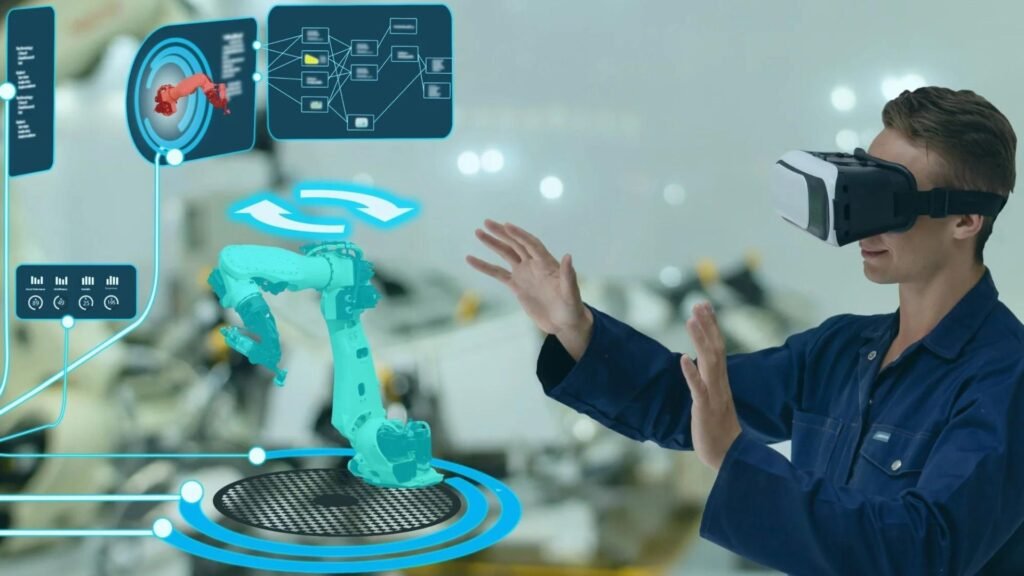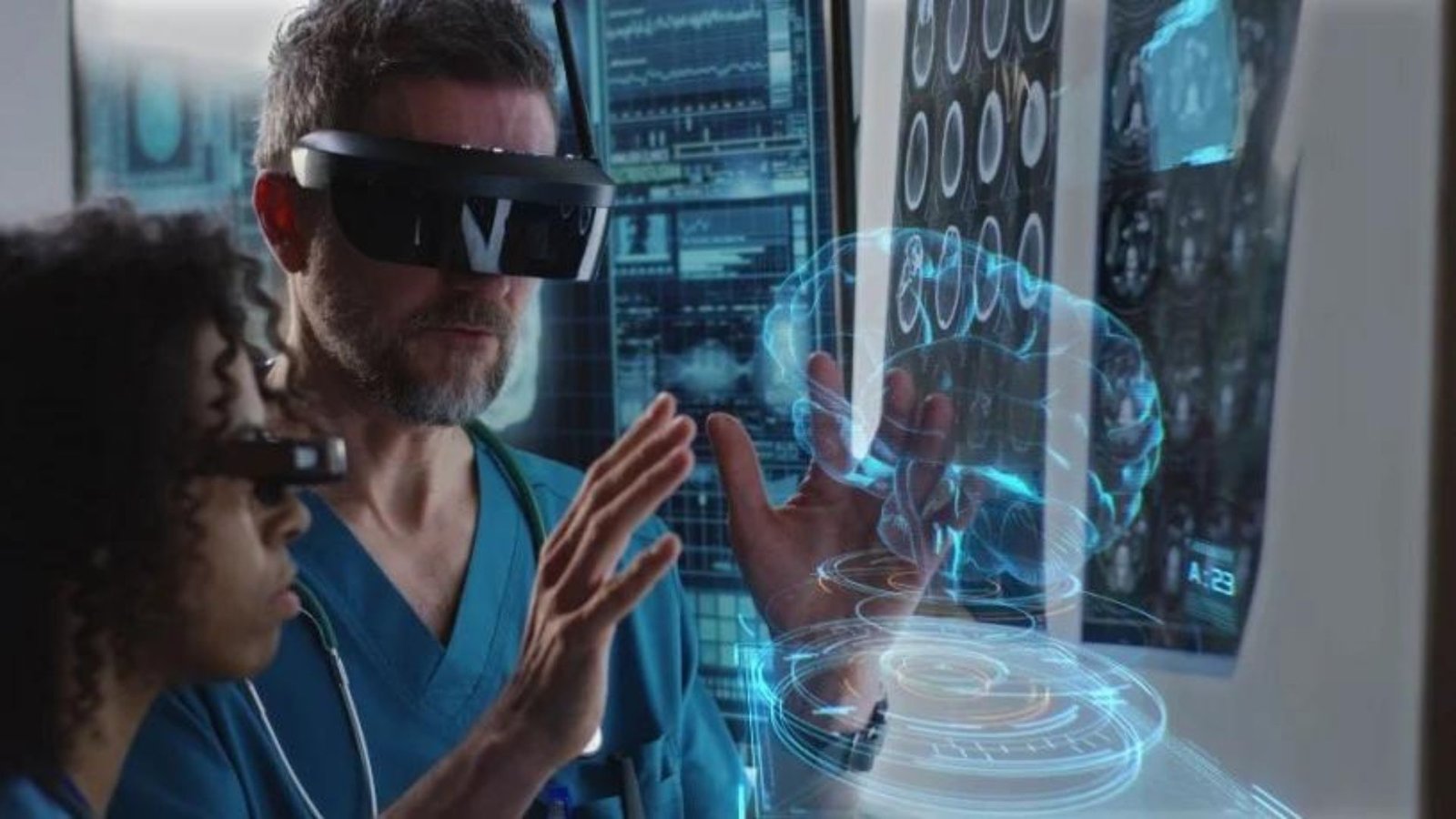The Benefits of Using Augmented Reality in Training and Simulations
Augmented Reality (AR) is revolutionizing the way training and simulations are conducted across various industries. By overlaying digital information onto the real world, AR enhances the learning experience, making it more immersive, interactive, and effective. Here’s a detailed look at the benefits of using AR in training and simulations:

Enhanced Learning Experience
Immersive Training
AR creates an immersive learning environment that engages users more effectively than traditional training methods. By integrating digital elements into the real world, AR allows learners to interact with simulations in a lifelike context, enhancing their understanding and retention of complex concepts.
Interactive Simulations
AR facilitates interactive simulations where learners can practice skills and apply knowledge in real-time. This hands-on approach helps reinforce learning and enables users to experiment with different scenarios without real-world consequences.
Improved Retention and Understanding
Visual and Kinesthetic Learning
AR caters to visual and kinesthetic learners by providing a multisensory experience. The combination of visual aids and physical interaction helps learners better understand and remember information compared to text-based or lecture-based learning.
Real-Time Feedback
AR applications can provide instant feedback, allowing learners to correct mistakes and improve their performance on the spot. This immediate reinforcement helps solidify learning and ensures that users grasp the correct procedures and concepts.
Safe and Controlled Environment
Risk-Free Practice
In high-risk industries such as healthcare, aviation, and military, AR offers a safe environment for training without exposing learners to real-world dangers. For instance, medical students can practice surgeries using AR simulations, and pilots can train for emergency scenarios without any risk.
Controlled Variables
AR allows trainers to control and manipulate variables within the simulation, creating specific scenarios that might be difficult or impossible to replicate in real life. This capability enables comprehensive training for a wide range of situations.
Cost-Effective Training Solutions
Reduced Training Costs
By using AR, organizations can reduce the costs associated with traditional training methods, such as travel, equipment, and materials. AR-based training can be conducted anywhere, reducing the need for physical resources and dedicated training facilities.
Increased Engagement and Motivation
Gamification Elements
AR can incorporate gamification elements such as points, badges, and leaderboards to make training more engaging and motivating. These elements can stimulate competition and encourage learners to achieve their training goals.
Personalized Learning
AR can adapt to the individual needs and learning styles of users, providing personalized learning experiences. By tailoring content and feedback, AR ensures that each learner can progress at their own pace and focus on areas where they need improvement.
Real-World Application and Contextual Learning
Contextual Understanding
AR enhances contextual learning by allowing learners to see and interact with digital information in their real-world environment. For example, maintenance technicians can use AR to overlay repair instructions on equipment, providing step-by-step guidance in a practical context.
Bridging the Gap Between Theory and Practice
AR helps bridge the gap between theoretical knowledge and practical application. By simulating real-world tasks and environments, AR enables learners to apply theoretical concepts in practical scenarios, enhancing their problem-solving skills and job readiness.
Versatility Across Industries
Healthcare
In healthcare, AR is used for surgical training, anatomy visualization, and patient care simulations. It allows medical professionals to practice procedures and visualize complex anatomy without the need for cadavers or live patients.
Aviation
AR is used in aviation for pilot training, maintenance, and safety drills. It provides pilots with realistic flight simulations and maintenance crews with detailed instructions for aircraft repairs.
Manufacturing and Maintenance
AR assists in training workers for assembly, quality control, and equipment maintenance. It provides real-time guidance and information, reducing errors and improving efficiency.
Education
In education, AR is used to create interactive and engaging learning experiences. It brings subjects to life, such as virtual field trips in geography or 3D models in biology, making learning more engaging and effective.
Conclusion
The integration of Augmented Reality in training and simulations offers numerous benefits, including enhanced learning experiences, improved retention, and a safe environment for practice. AR provides cost-effective and scalable training solutions while increasing engagement and motivation among learners. Its versatility across various industries highlights its potential to transform traditional training methods and improve the overall effectiveness of education and professional development. As AR technology continues to evolve, its applications in training and simulations will undoubtedly expand, leading to even more innovative and impactful learning experiences.



